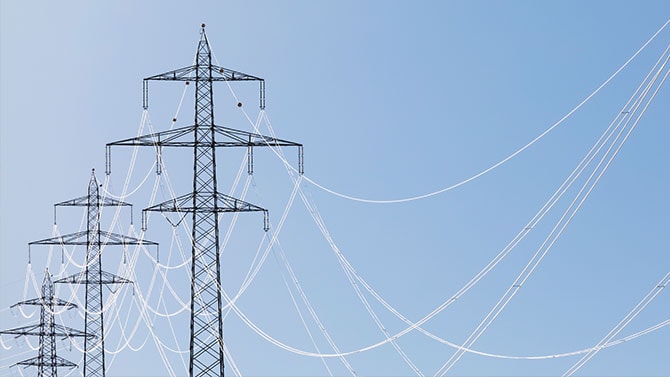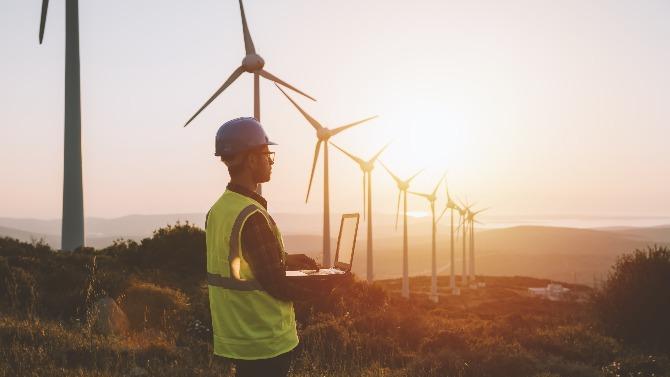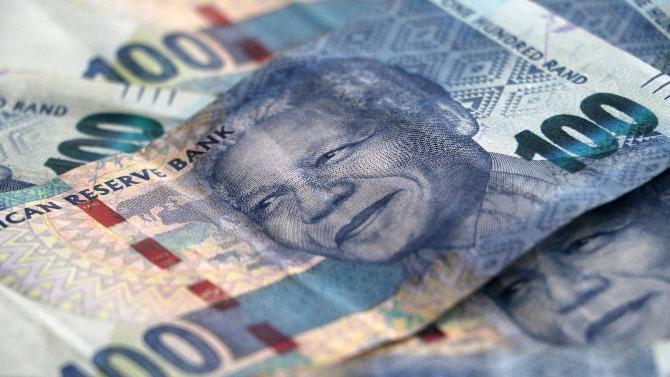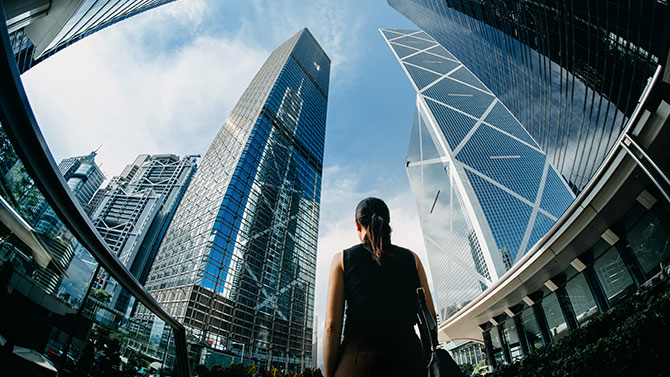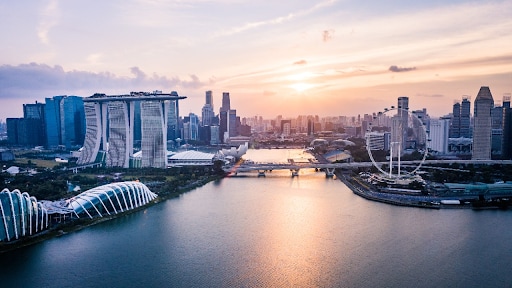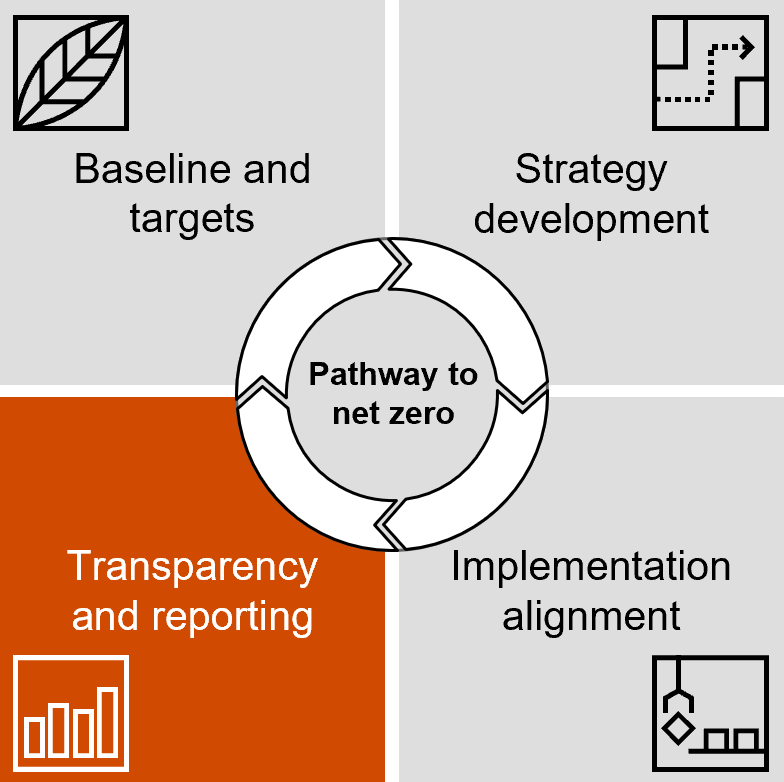
Initiative #1: Electric vehicles (EV)
As an automotive hub in Southeast Asia, Thailand has an ambitious plan to transform half of its total auto production to EVs by 2030 and become a production base for cleaner vehicles in Southeast Asia.8 There is more investment in this area following tax incentives and soft loans to support the ecosystem in developing the supporting infrastructure.
As part of the transformation towards Zero-Emission Mobility, the country has set a target for EV production to account for 30% of the automotive production in the country by 2030.9 The public sector will also participate in this transformation with all vehicles procured for government agencies and public fleets to be zero-emission vehicles (ZEVs) by 2025 and all vehicles used by government agencies and public fleets to be ZEVs by 2030.9

Initiative #2: Green buildings
In Singapore, the public sector is leading the way to pursue sustainable development with the GreenGov.SG initiative with target of 10% energy and water reduction by 2030 from the average of 2018-2020 levels. The Ministry of Sustainability and the Environment announced in 2022 that all new and existing public sector buildings undergoing major retrofitting will be required to be Green Mark Platinum Super Low Energy buildings.10 Since 2006, new public sector buildings have been required to attain Green Mark certification, including Platinum level for new buildings with air-conditioned area exceeding 5,000 sqm.11
The Building and Construction Authority (BCA) introduced the Green Mark certification scheme as a green building rating system to evaluate a building’s environmental impact and performance. It aims to promote sustainable design,and best practices in construction and operations in buildings.











